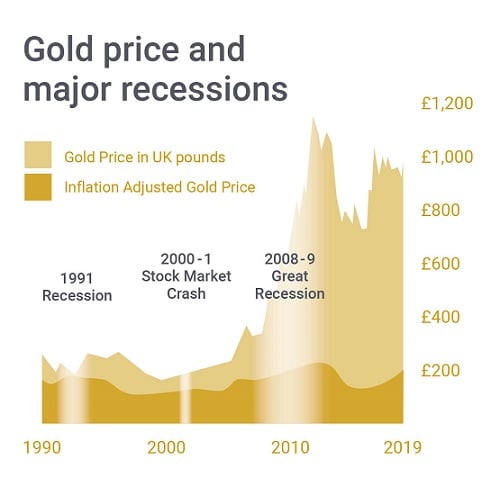Prime Minister Justin Trudeau’s government has unveiled a hefty spending plan, pledging a massive C$129.2 billion in new expenditures over the next four years. Let’s be clear: this isn’t prudent fiscal management, it’s a gamble. A projected deficit of C$62.3 billion, or 1.96% of GDP, is forecasted for 2025-26 – and this is after factoring in the new spending.

The official line is that this injection of capital will stimulate infrastructure development and provide much-needed tax relief. But let’s call it what it is: a deliberate widening of the deficit. While infrastructure investment can be positive, the scale here is deeply concerning. Are these projects truly efficient and necessary, or are we looking at politically-motivated spending masquerading as economic stimulus?
This isn’t just about dollars and cents, folks. It’s about the future trajectory of the Canadian economy. Increasing the national debt at this rate introduces serious risks, including potential inflation and decreased investor confidence. It’s a short-term sugar rush with a potentially devastating long-term hangover.
Here’s a quick breakdown of the underlying principles at play:
Fiscal Deficits Explained: A fiscal deficit happens when a government spends more money than it brings in through revenue. This is often funded by borrowing – increasing the national debt.
GDP & Deficit Ratio: The deficit-to-GDP ratio is a crucial metric. It shows how large the deficit is relative to the overall size of the economy. A higher ratio suggests a greater burden on the economy.
Infrastructure Spending’s Impact: Infrastructure projects can boost economic growth by creating jobs and improving productivity, but only if they’re well-planned and executed effectively.
Tax Relief Considerations: Tax cuts can stimulate economic activity, but they also reduce government revenue, potentially exacerbating the deficit if not offset by spending cuts.





